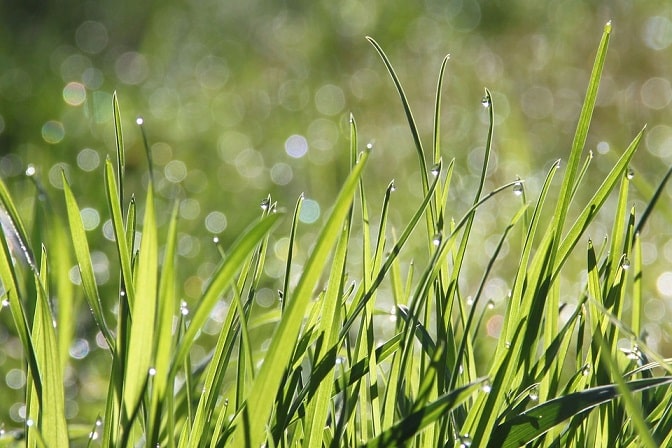We have all seen the dew on flowers, leaves, grass and various other sloping surfaces in the early morning hours, but how many of you have evert thought of these dewdrops as a source of drinking water?
A group of Indian scientists did, and in collaboration with experts from France, has developed technology for harvesting dew, otherwise know as atmospheric moisture, for drinking water. They have shown this technology to be a cost-effective option in water-stressed regions like Kutch in Gujarat.
The first potable water production plant designed to harvest atmospheric moisture and process it into drinking water, which can process an average 500 litres of water daily, was set up in Kothara village in the Kutch region in India recently.
The technology employs specially designed condenser panels to harvest the dew, storing that raw water and then putting it through filtration process. Conditions for dew formation include clear skies and a humid coastal breeze – the panels cool to dew point temperature, which allows condensation to occur, after which gravity causes the condensed water to flow down the sloping sides into a central channel.
The condensation panels mimic the condensing behaviour similar to those of plant leaves and blades of grass, explained Anil K. Roy, a member of the research team and an associate professor of physics at the Dhirubhai Ambani Institute of Information and Communication Technology (DAIICT), Gandhinagar.
The condenser field consists of 30 rows of condenser panels, each 18 meter long and 1 meter wide, and looks somewhat like a solar plant. The panels are mounted 1.5 meters from ground, on angle iron frames, and are sandwiched with 25 mm thick styrene foam board in the middle and wrapped around with special plastic film.
The water that is collected is put through a multi-stage filtration and purification process, and the result is filtered and purified dew water that meets WHO standards.
Get bottled water coolers and mains water coolers from Living-Water.






